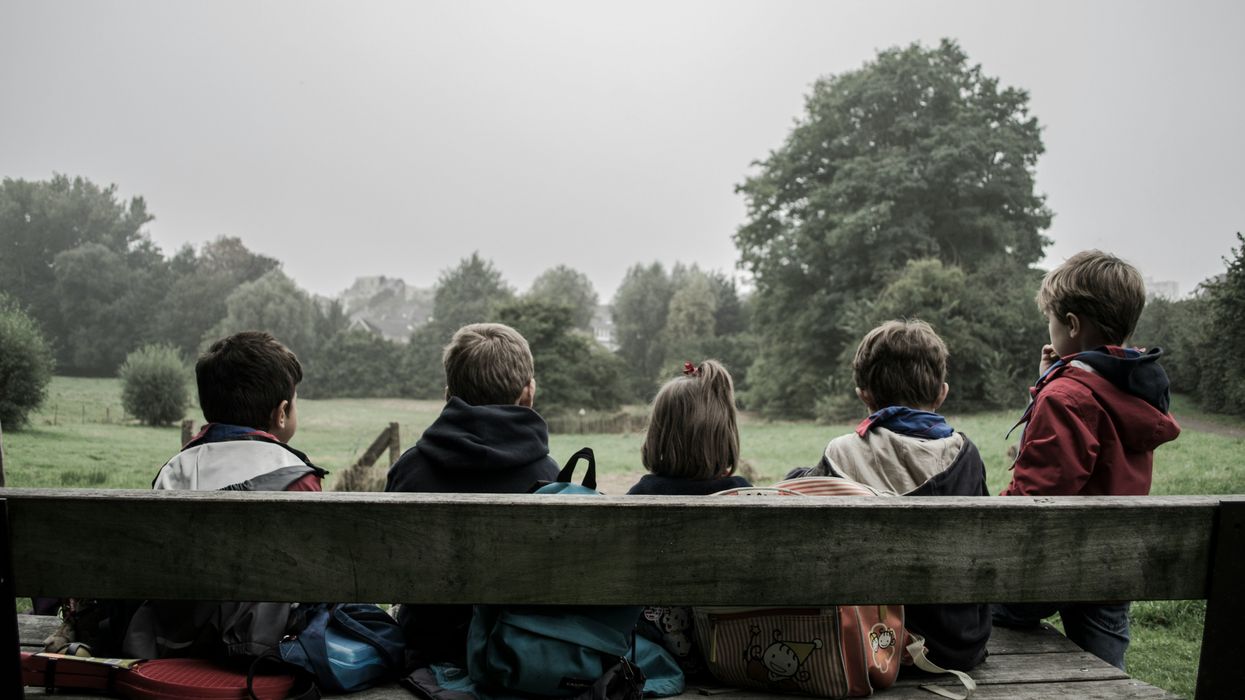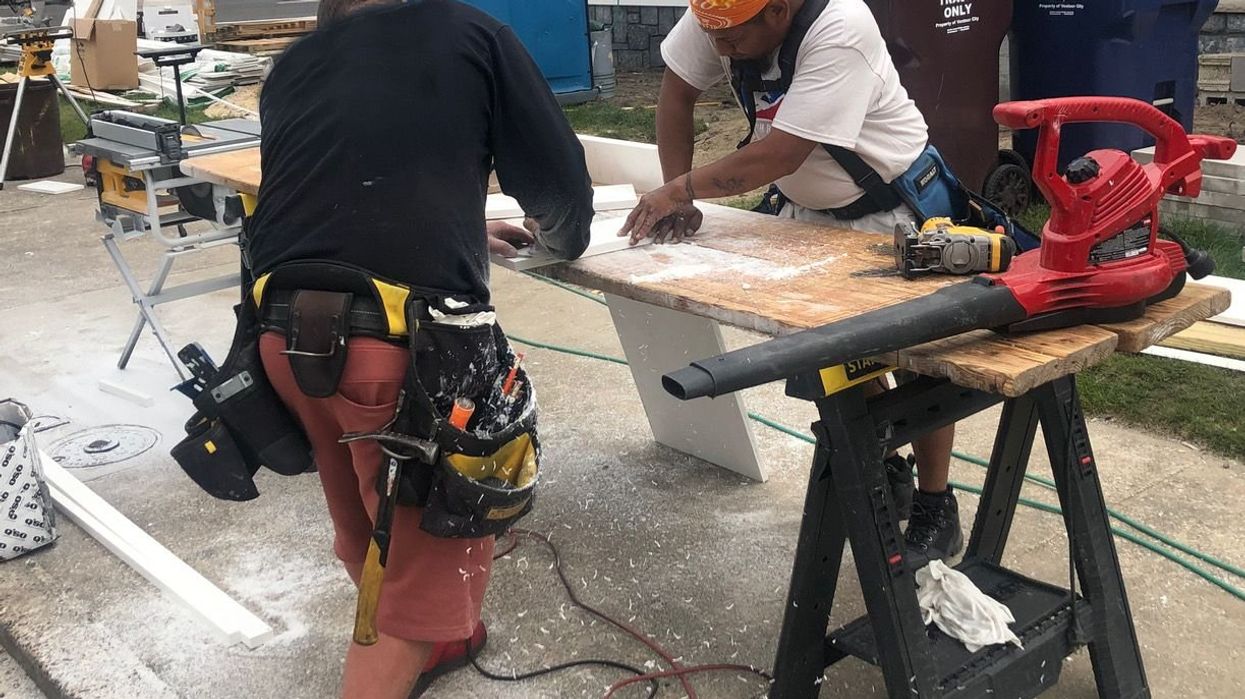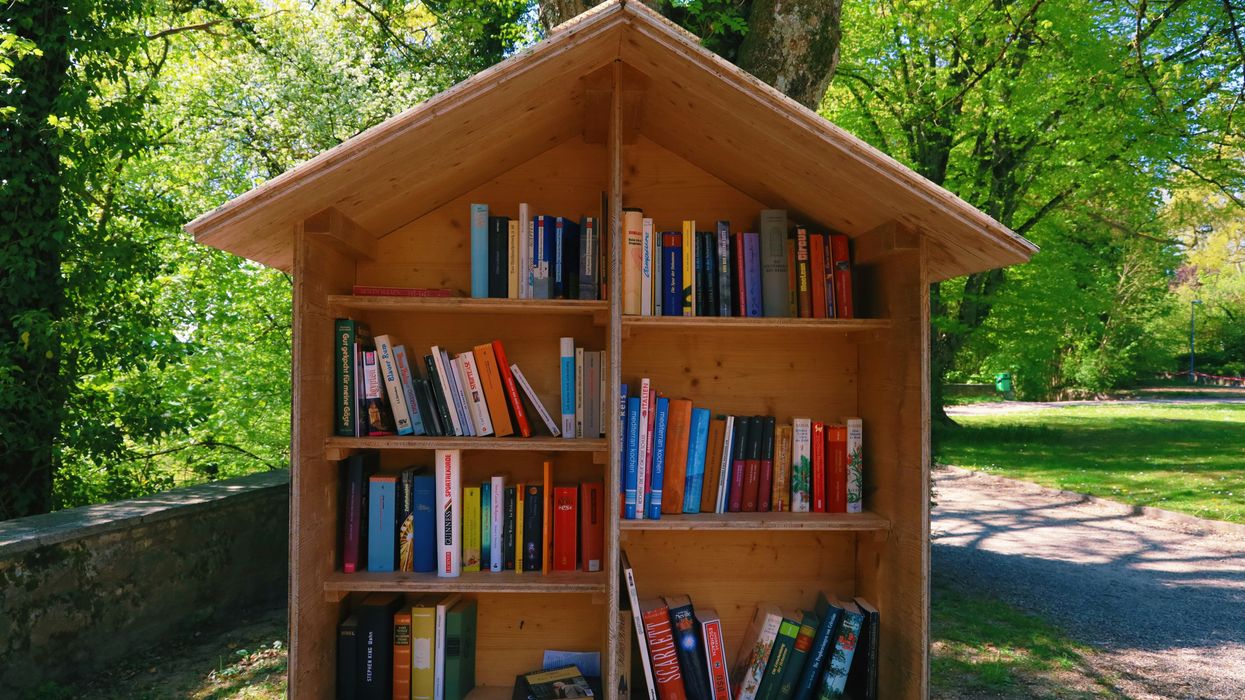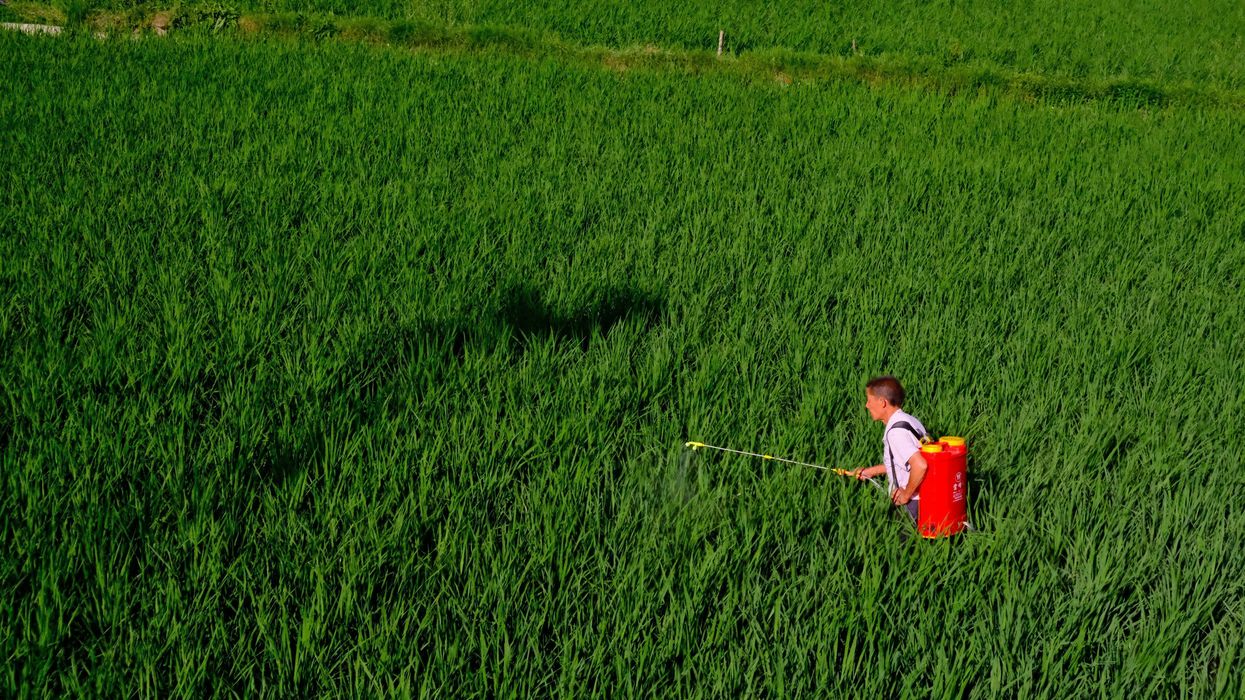Editor's Note: This story is part of “Sacred Water,” EHN’s ongoing investigation into Native American struggles—and successes—to protect culturally significant water sources on and off the reservation.
While there’s been a recent resurgence in mining interest in Michigan’s Upper Peninsula, historically mining was to Michigan’s Upper Peninsula what the auto industry is to the Lower Peninsula.
The region—better known now for long winters, unpaved roads, trout streams, dense forests and few people—was a copper mining hotbed, after copper was “discovered” in 1832 by Douglas Houghton, Michigan’s first state geologist.
From 1845 to 1960 Michigan produced about 11 billion tons of copper, says Allan Johnson, a professor emeritus at Michigan Tech University’s geological and mining engineering and sciences department. The university is in the Keweenaw Peninsula, the northernmost part of the peninsula jutting in Lake Superior, an area still referred to as “Copper Country.”
When copper mining first took off, in the 1860s, Michigan soon produced about 90 percent of U.S. copper. Mining at the time was underground, vertical shafts next to copper-filled fissures. Miners would find chunks of copper so big, they occasionally had to chisel and ax it down to manageable sizes, Johnson says.
Iron ore was mined too, as there are three large iron-ore ranges in the Upper Peninsula: the Marquette, Menominee and Gogebic ranges. Copper and iron ore mining largely came to a halt in the late 1960s, as profits plummeted from labor issues and the need to plunge deeper into the Earth for the metals.
Ironically, Johnson says Native Americans were some of the region’s first “miners.”
Archeologists have found more than 1,000 "small, open pits,” he says. “This is going back 10,000 years, after the glaciers melted away there probably wasn’t a lot of vegetation and they could probably just see the copper right there in the ground.”















